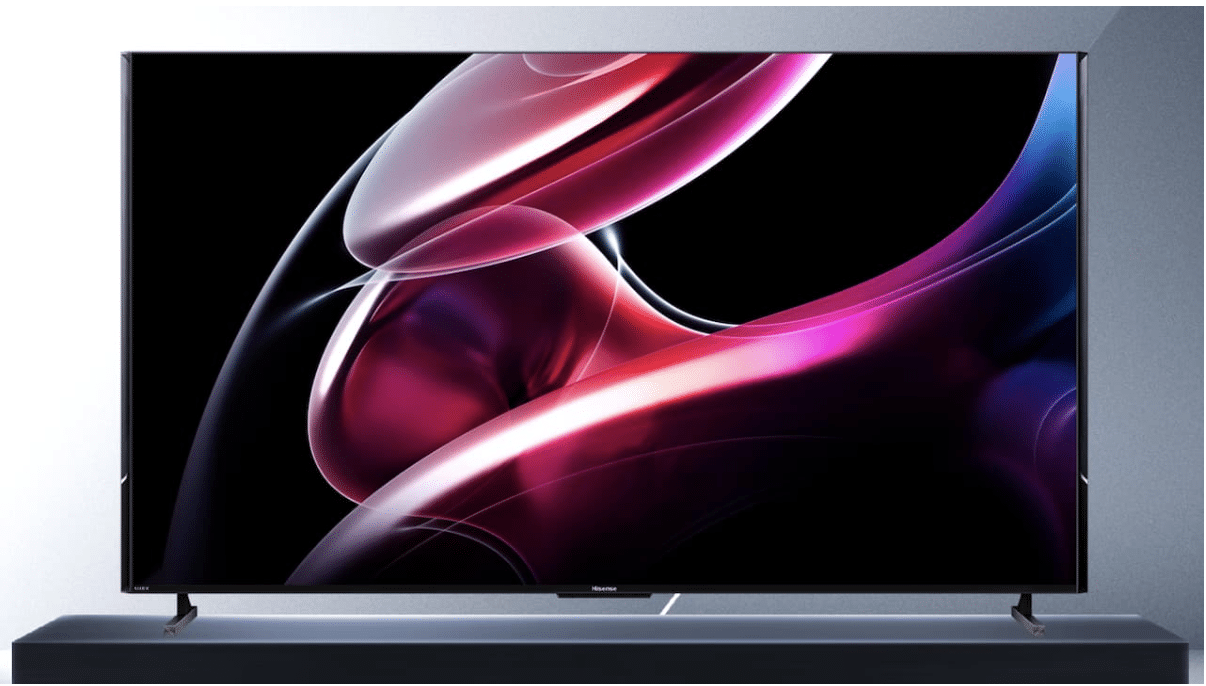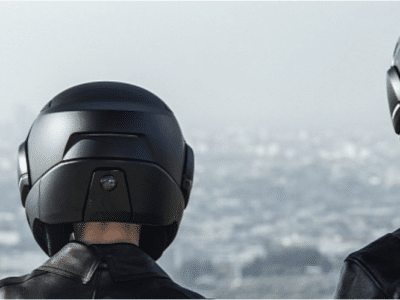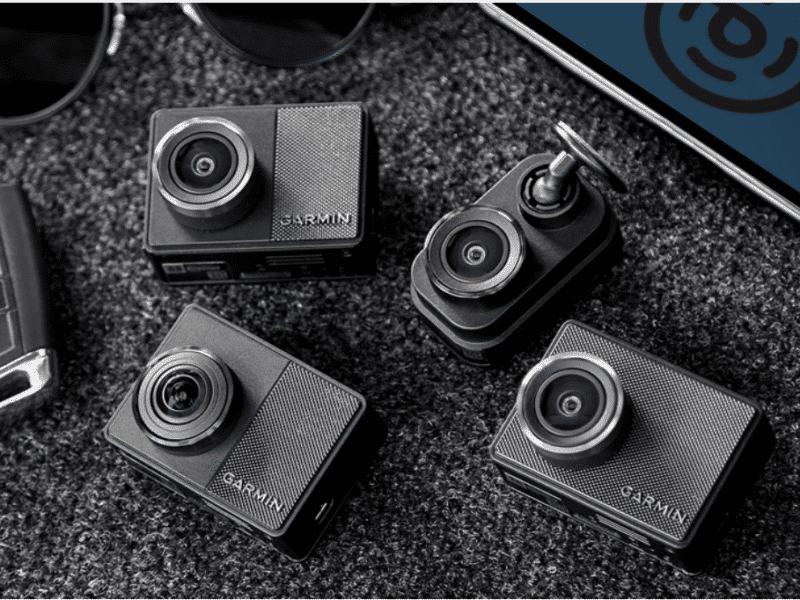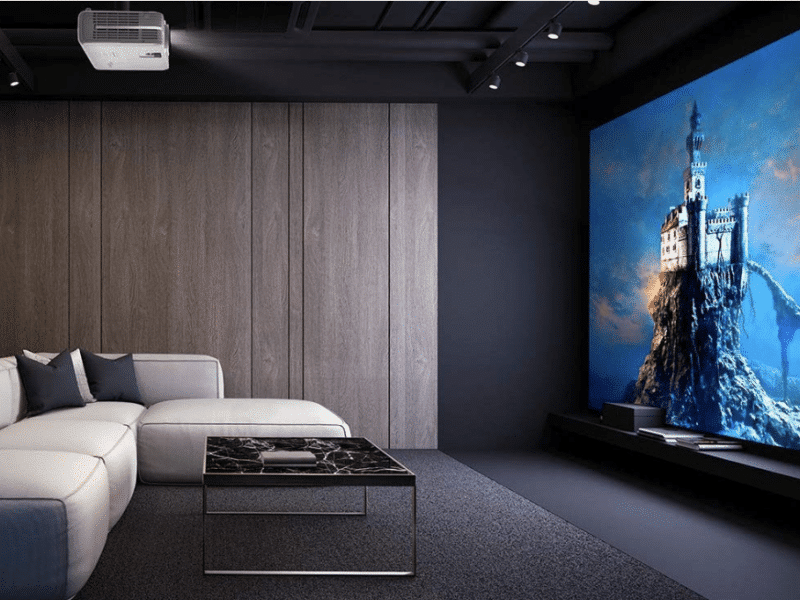With the growth of smart TVs, you get confused with the jargon. TV displays now boast technologies such as QD OLED, Neo QLED, QLED, and OLED. Which one is right for you?
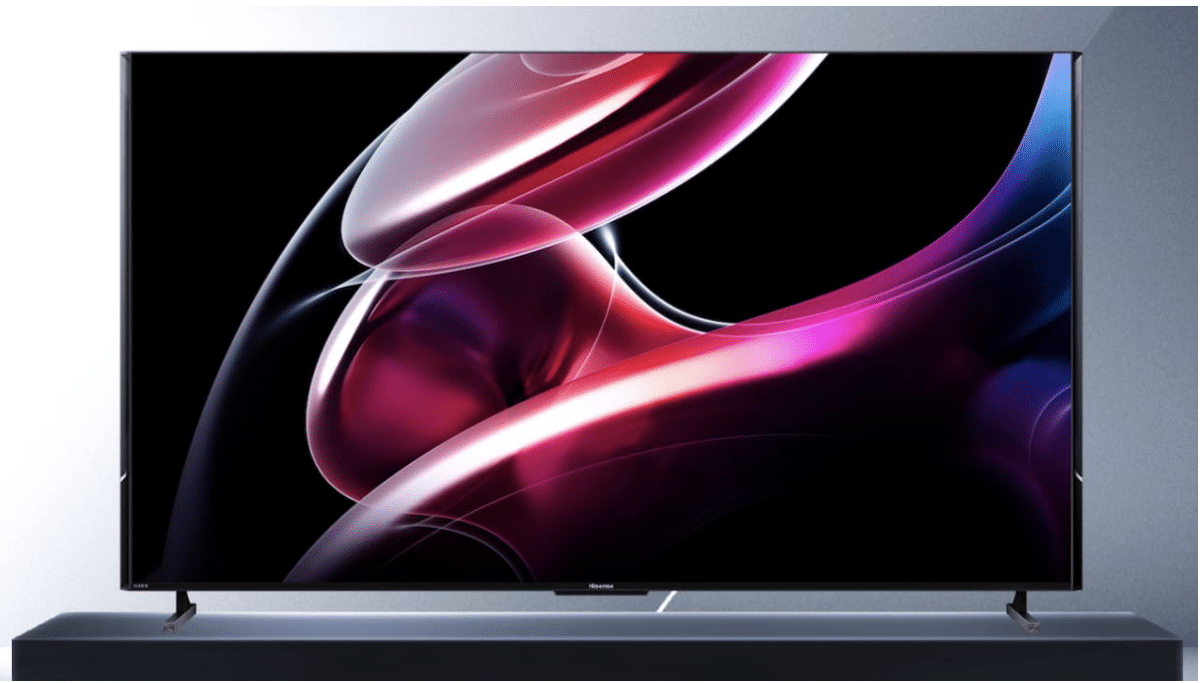
As we head into 2023, we can expect more tech options to hit the market. That’s why it’s important to understand the differences between each type of smart TV to make an informed decision. In this article, we’ll look closer at the display technologies – QD OLED, Neo QLED, QLED, and OLED – and highlight their features.
QD OLED TVs

If you’re looking for a TV with premium display technology, the QD OLED is a great choice. Samsung released this new smart TV model in 2022, boasting impressive colors.
As a flat-screen TV, it features a Quantum Dot (QD) display and bright colors with no light bleed, wide viewing angles, and great contrast. To create deep black colors, it uses a LED backlight and a color filter for a stunning, immersive image.
The QD OLED is similar to OLED technology, but it relies more on quantum dots to create colors on sub-pixels, resulting in more saturated black levels and better contrast. Quantum dots are tiny non-crystals that absorb photons and emit new ones in various hues, resulting in stunning, vibrant colors.
The best QD OLED TVs in 2023 are:
- LG C2
- LG A2 (OLED55A2)
- Sony XR-A95K
- Samsung S95B
- LG G2 Gallery Series OLED, and
- Sony A80K (XR-65A80K).
The Samsung S95B is the first QD-OLED TV that combines per-pixel lighting control and contrast with Quantum Dot color technology. The Sony A95K is the world’s first QD-OLED TV that produces more detailed shading and color vibrancy to the brightest parts of an image.
Neo QLED TVs
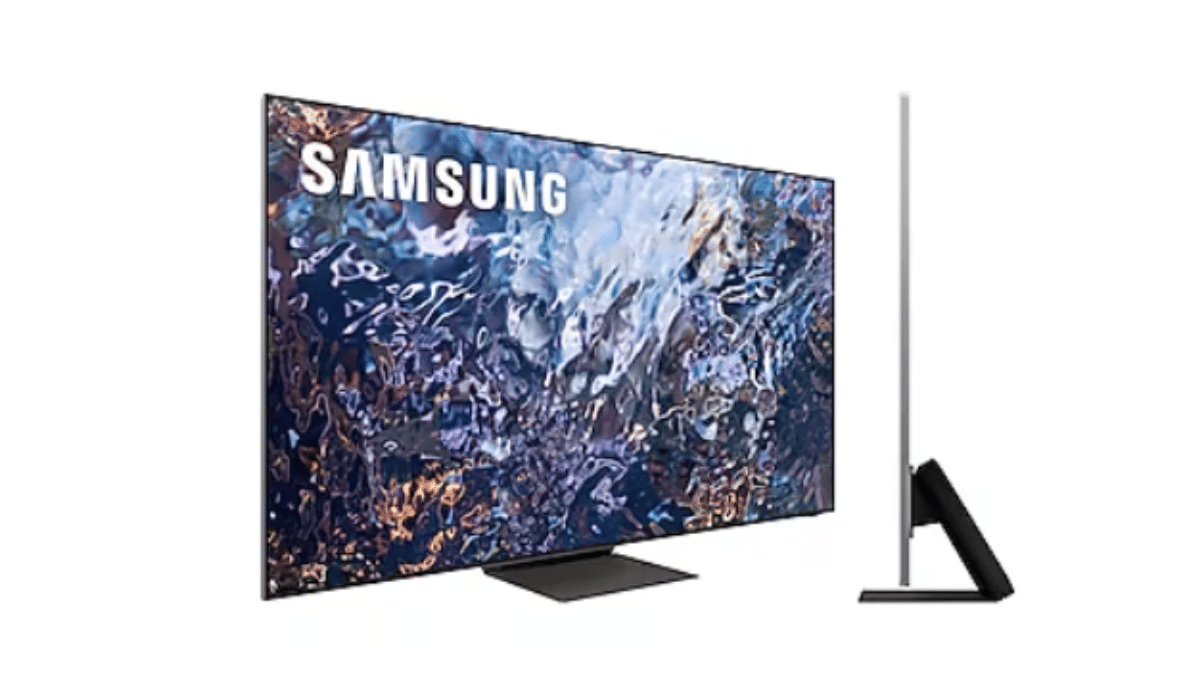
If you’re looking for a smart TV with advanced technology features, check out the Neo QLED. Samsung first released this brand in 2021, using mini-LED lights to create bright, high-quality images with excellent contrast.
Compared to previous models, Neo QLED delivers better picture quality and color contrast thanks to its active control micro-layer guides and quantum dots. The black levels are sharp and blooming, and it has high performance for HDR content, reaching up to 1000 nits.
One of the best things about Neo QLED is its advanced smart technology features. With a sleek and intuitive interface, it’s easy to navigate and access your favorite shows and movies. Whether you’re watching sports or streaming movies, the Neo QLED is a great choice for anyone looking for a top-of-the-line smart TV.
The best Neo QLED TVs in 2023 are:
- Samsung QN900B
- Samsung BU8500
- Samsung QN95B
- Samsung S95B
- Samsung QN85C
- Samsung QN900C
- Samsung The Frame TV
Samsung is not the only brand that offers Neo QLED. LG uses mini-LED technology in its TVs under the name “QNED.” Other manufacturers like TCL and HiSense also make mini-LED TVs under different names.
QLED TVs
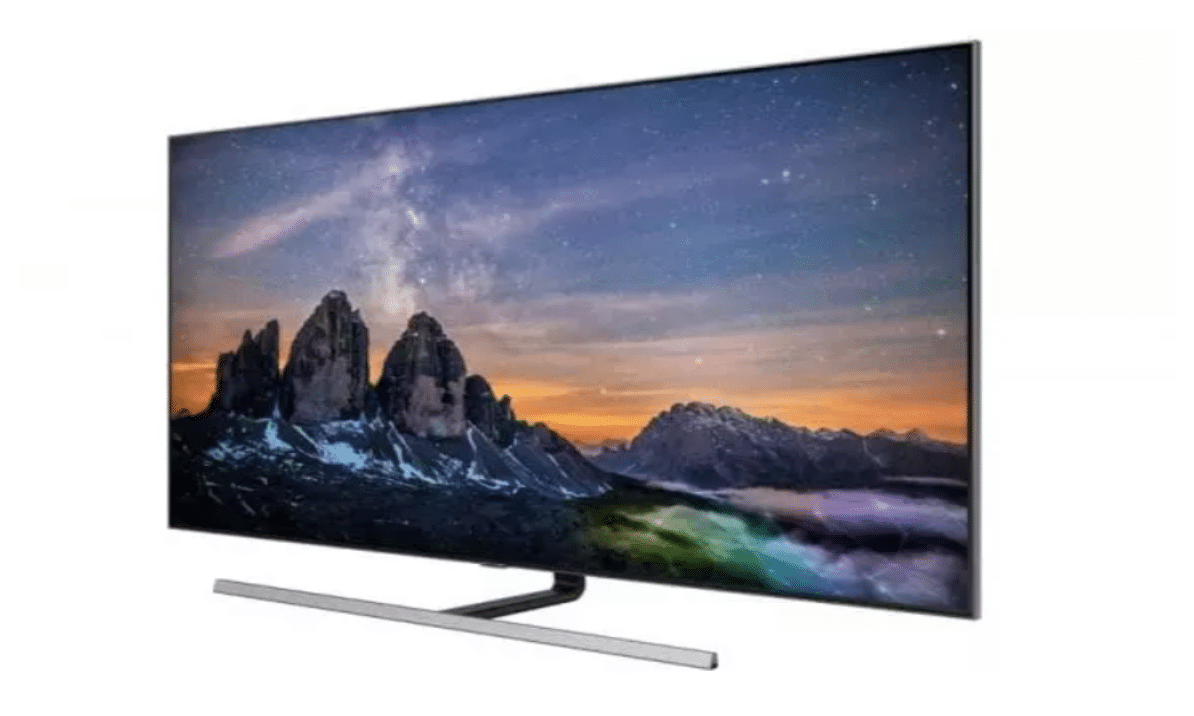
QLED TVs use a layer of tiny particles called quantum dots to create amazing picture quality. Sony introduced the first QLED TV in 2013, and now you can find them from popular brands like Samsung, Hisense, Vizio, and TCL.
What makes QLED TV special? Well, those quantum dots are the key. They emit bright colors that make everything look more vivid and spectacular. Plus, combining quantum dots and LED backlighting creates a sharper image with a broader range of colors.
Samsung has designed their QLED TVs to offer an excellent viewing experience from any angle, with features like HDR and HDR 10. So whether you’re watching movies or your favorite TV shows, you can expect a bright and colorful picture even in bright lighting conditions.
Try QLED TV for a viewing experience that’s sure to impress.
- Samsung QN90A
- Hisense U6H
- TCL R655
- Hisense U8H
The Samsung QN90B is considered the best QLED TV overall, with an impressive Mini LED backlight that lets it display deep, uniform blacks with almost no noticeable blooming in dark scenes. Its QLED panel delivers an excellent wide color gamut and high HDR peak brightness.
OLED Technology
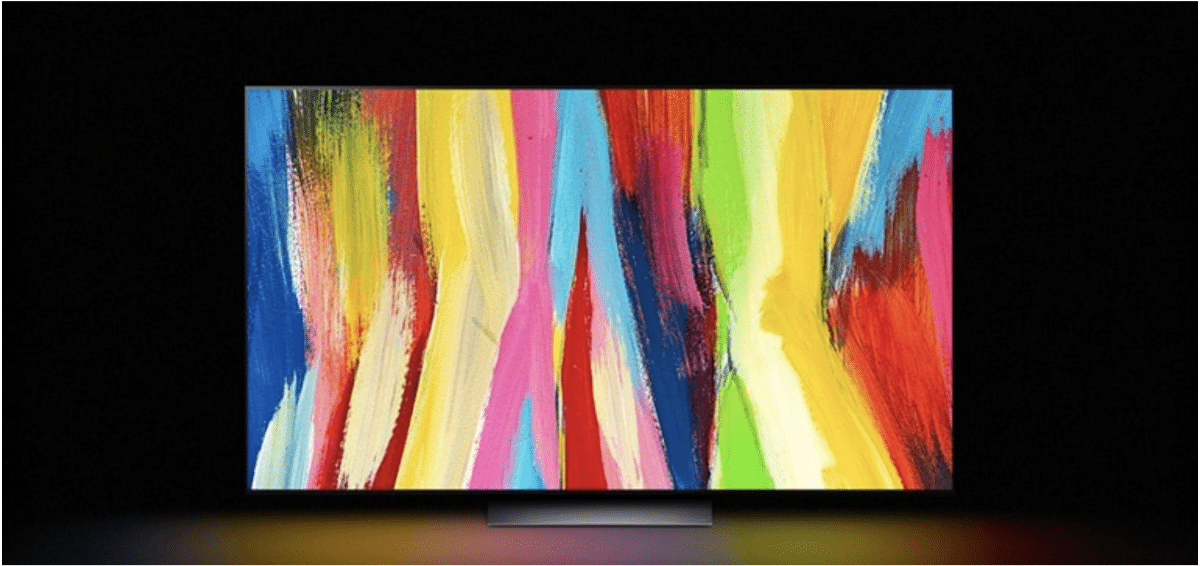
If you’re looking for the latest and greatest TV technology, you might want to check out OLED TV. LG first introduced this type of smart TV in 2013, and it’s still trending in 2023.
So, what’s so great about OLED TV? Well, for one thing, it uses organic light-emitting diodes to create amazing picture quality. Each pixel works independently, producing its light instead of relying on a separate backlight. This means you get brighter, more vibrant pictures on your OLED TV screen.
OLED technology also offers a wider viewing angle and a better contrast ratio than other types of TVs. And when it comes to color, OLED can display saturated blacks that make movie scenes in the dark look even better. Plus, you’ll enjoy a great viewing experience even in a brightly lit room.
The best OLED TVs in 2023 are:
- Sony A95K
- LG C2
- LG G2
- LG C1
- Sony Bravia XR A80J and
- Vizio
The Sony A95K OLED is the absolute best OLED TV tested by experts. It stands out from other OLED TVs thanks to its QD-OLED panel technology, which delivers more vibrant colors than other models like the LG C2 OLED.
Comparing QD OLED, Neo QLED, QLED, or OLED TVs
| Technology | Contrast | Brightness | Size | Viewing Angle | Price | Burn-in |
| NEO QLED 2023 | Brighter picture quality with tiny nanoparticles called quantum dots and high contrast ratio | Brighter picture quality than Mini-LED backlight | Available in smaller and bigger size than QD OLED | Loses picture quality when viewed from other angles | Cheaper than OLED | No risk of burn-in |
| QD OLED 2023 | High contrast ratio with better HDR performance | Brighter picture quality than OLED | Less available in smaller size | Wider viewing angles than OLED | Less expensive | Susceptible to burn-in |
| QLED 2023 | Better black level and high contrast ratio | Higher in brightness and picture quality than OLED | Less available in smaller size | Small range viewing angle | Less expensive and affordable than OLED | Not susceptible to burn-in |
| OLED 2023 | Higher infinite contrast ratio and picture quality than QLED | Lesser in brightness and picture quality than OLED | Higher availability in smaller size | Wide range viewing angles | More expensive and less affordable | Susceptible to burn-in |
QLED offers greater brightness and sharp color emission, but OLED has deeper black levels and a wider viewing angle. However, OLED TVs can be more expensive and may suffer from burn-in if static images are displayed for too long.
If you’re interested in Samsung’s latest technology, Neo QLED uses a Mini-LED backlight to produce a higher color sharpness, contrast ratio, and immersion. While Neo-QLED is generally more affordable and versatile than OLED, it can only be viewed from a straight angle.
On the other hand, OLED TVs are lighter and thinner because they don’t rely on Mini-LED backlights. Instead, they use millions of pixels that operate individually and emit light when required. OLED and QD OLED models have great picture quality with saturated black levels and infinite contrast ratios. They also offer a good gaming experience with higher refresh rates.
Overall, the choice between QLED and OLED TVs comes to personal preferences and budget. OLED may be more expensive, but it offers amazing picture quality with a wider viewing angle. Neo QLED can be a great option for those on a budget while providing excellent color sharpness and contrast.
Our Verdict
After weighing the pros and cons of different smart TV options, it’s important to choose the best one for your needs. If you plan to use your TV in a bright room, OLED may not be the best choice because it has limited brightness capabilities. Instead, we recommend Neo-QLED and QD OLED for their high-quality displays. QLED, on the other hand, is affordable and resistant to burn-in. OLED boasts a solid black level and infinite contrast ratio.
Ultimately, selecting a smart TV that meets your entertainment and interconnectivity needs will ensure you get the most value for your money.

